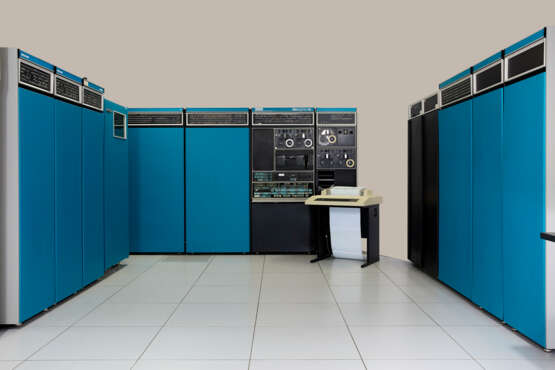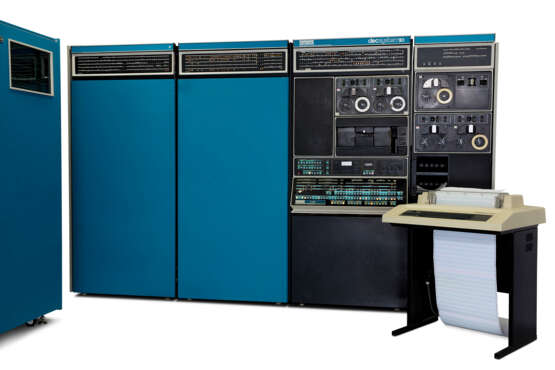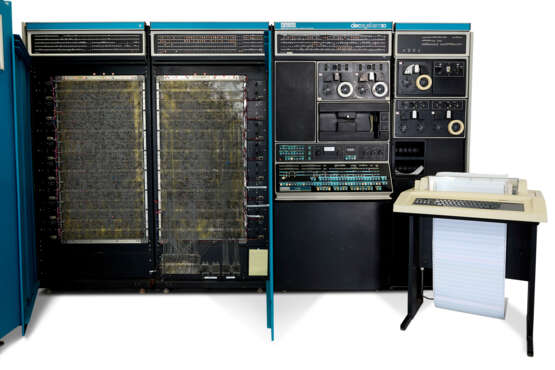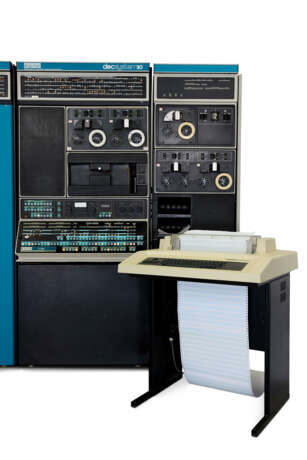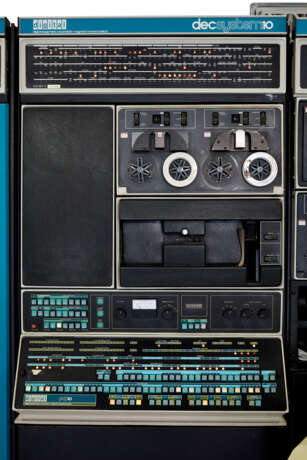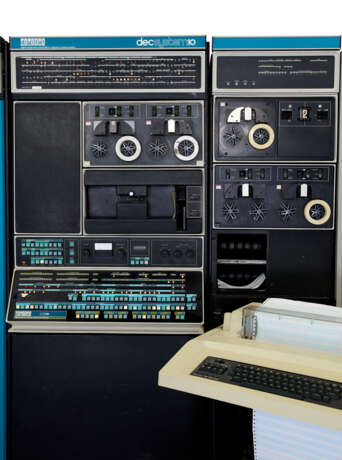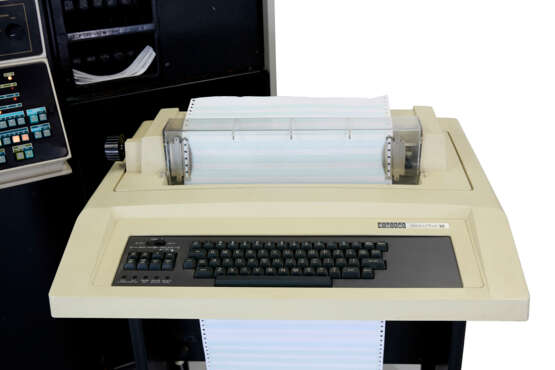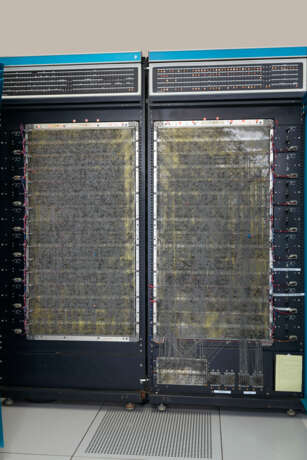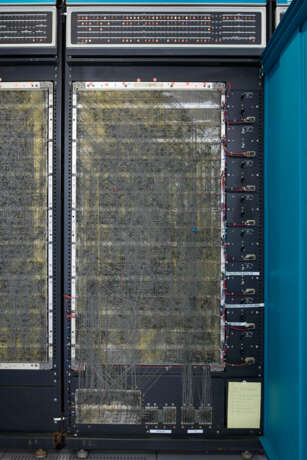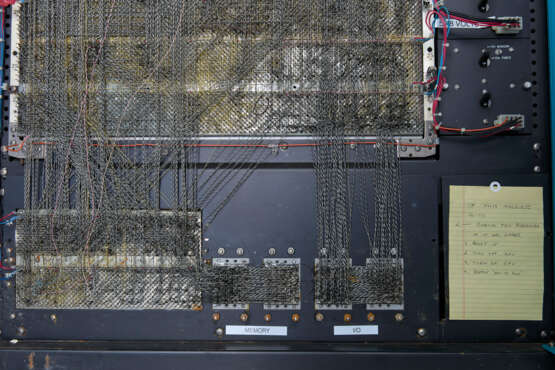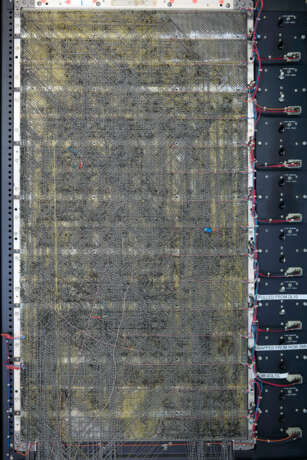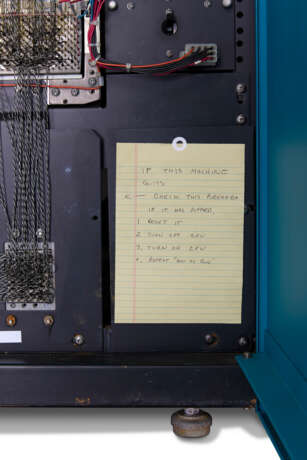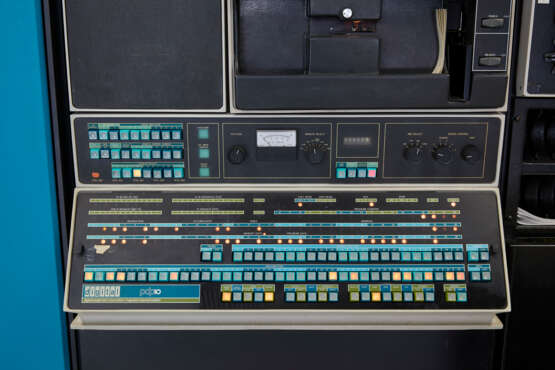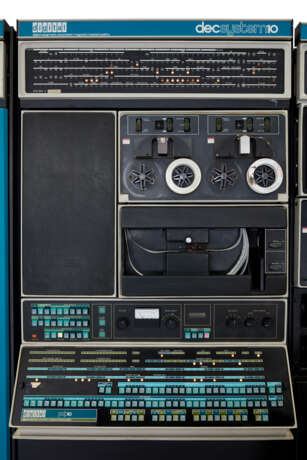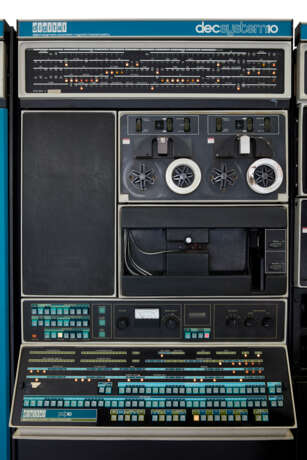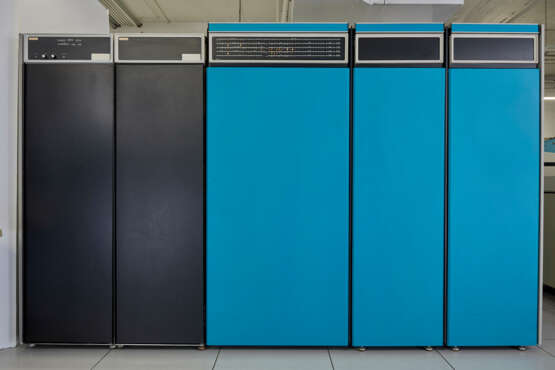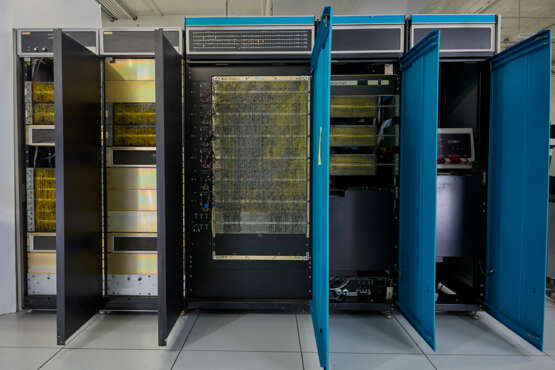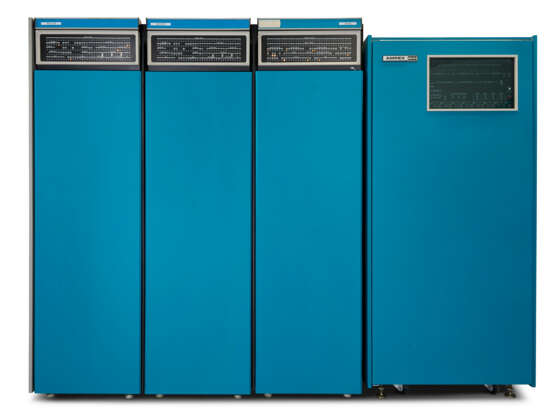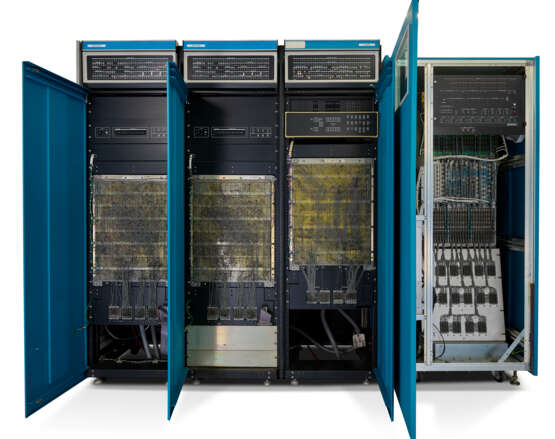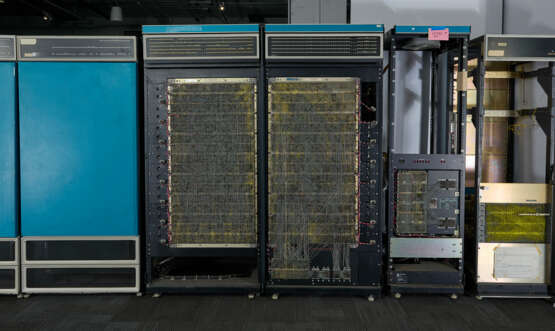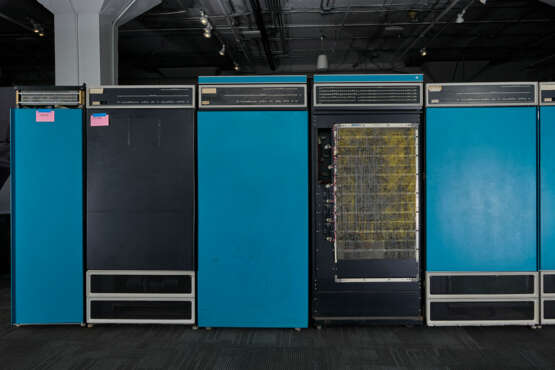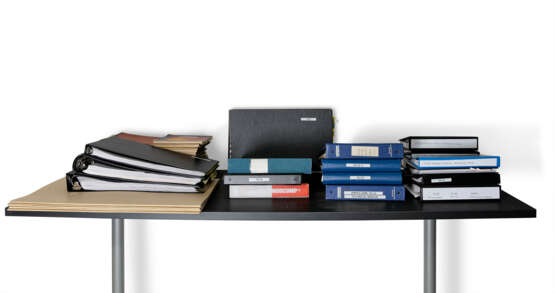ID 1291165
Lot 125 | A DEC PDP-10 KI10 MAINFRAME COMPUTER
Estimate value
$ 30 000 – 50 000
Comprising three KI10 bays, one DEC tape control, one AMPEX ARM 10LS semiconductor storage cabinet, one DAS33 AB buffered data channel, two RH10A data controls, two ANF10 sync/async, one DL 10 AB PDP-11 Data Link interface, one DC10A DC10 scanner and control unit for DC10 communications controller including DC10F Expander cabinet, and one DEC writer II printer terminal.
The PDP-10: a rare example of the computer Paul Allen learned to code on.
Paul Allen first used a PDP-10 computer, via a teleprinter terminal, in the late 1960s while he was a student at Lakeside School in Seattle. The school had acquired computer time on a PDP-10 through a time-sharing arrangement with the General Electric (GE) Company, this opportunity came about because the Mothers’ Club had raised funds to purchase computer time for the students. It was through the Lakeside High School computer club that Paul Allen, along with Bill Gates and other students, began learning to program. They wrote their first programs in languages such as BASIC and FORTRAN on the PDP-10.
In the early 1970s, they used a PDP-10 at Harvard University to develop their programming skills and work on various software projects. The January 1975 cover of Popular Electronics magazine featured the new MITS Altair 8800, the computer that Allen had been hoping for. They foresaw that with this new exponentially dropping price of computers, selling software could become a profitable business. Believing that a BASIC interpreter would make the Altair more appealing to hobbyists, they contacted MITS founder Ed Roberts, claiming to have an interpreter and secured a demonstration meeting in March 1975. Although they had neither an interpreter nor an Altair, Allen adapted an Intel 8008 emulator to run on Harvard's PDP-10, where they developed and tested the interpreter.
They bought computer time from a Boston timesharing service to complete debugging. The finished interpreter, including its own I/O system and line editor, fit in four kilobytes of memory. They stored the interpreter on a punched tape, and Allen flew to Albuquerque for the demo. During the flight, Allen realized they needed a bootstrap program to load the tape into memory. He hand-wrote the program in 8080 machine language before landing. The demonstration succeeded when the Altair displayed a prompt for the system's memory size, confirming the interpreter worked. This success laid the foundation for Microsoft's future business strategy.
The PDP-10 KI (or DEC 10), like other PDP-10 models, featured a 36-bit word length. This was significant for scientific computing and large-scale data processing, providing more precision and larger addressable memory than the more common 16-bit and 32-bit systems of the time. The DEC 10 was designed to support a time-sharing operating system, allowing multiple users to share the computer resources efficiently. This capability was critical in academic and research environments where it enabled multiple users to access the system simultaneously.
The DEC 10 project ran from 1968-84. Then in the 1990s PC servers and even desktop PCs were getting fast enough to be able to simulate the DEC 10. As part of his vision for the preservation of historic computers and software, Paul Allen wanted to get access to his old software and to help others get access to that software and run it. But, for Allen, just the emulator wasn't sufficient. He wanted to have that hardware experience again, and then run the software in the most authentic manner. This lead to the acquisition of this KI 10 from Germany and a restoration project was started. On numerous occasions Paul Allen came to use this machine and to get it up and running, on famous “pizza, beer and debugging” nights, so that old software could run on it.
Overall dimensions roughly measuring; 5 ft. 111/2 in. (1.8 m.) high, 15 ft. 1in. (4.6 m.) wide, 14 ft. 1 in. (4.3 m.) deep.
| Auction house category: | Instruments |
|---|
| Auction house category: | Instruments |
|---|
| Address of auction |
CHRISTIE'S 20 Rockefeller Plaza 10020 New York USA | ||||||||||||||
|---|---|---|---|---|---|---|---|---|---|---|---|---|---|---|---|
| Preview |
| ||||||||||||||
| Phone | +1 212 636 2000 | ||||||||||||||
| Fax | +1 212 636 4930 | ||||||||||||||
| Conditions of purchase | Conditions of purchase | ||||||||||||||
| Shipping |
Postal service Courier service pickup by yourself | ||||||||||||||
| Payment methods |
Wire Transfer | ||||||||||||||
| Business hours | Business hours
|
